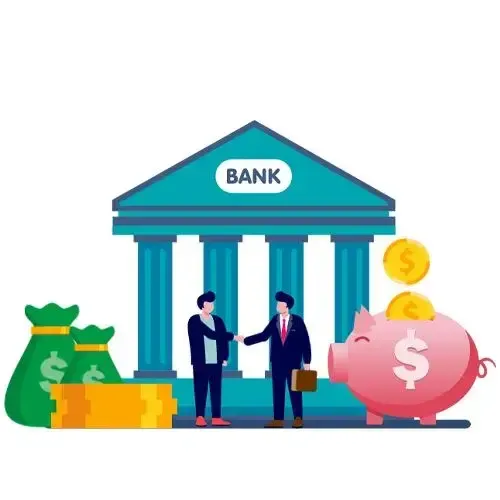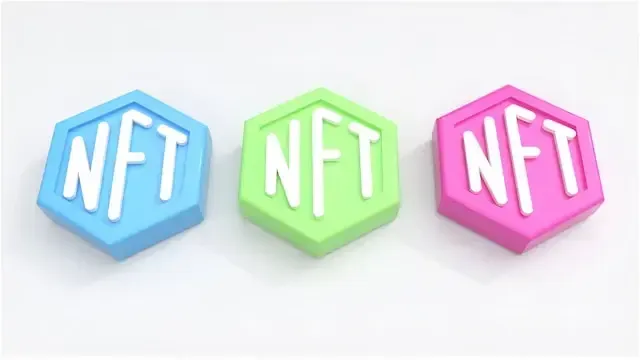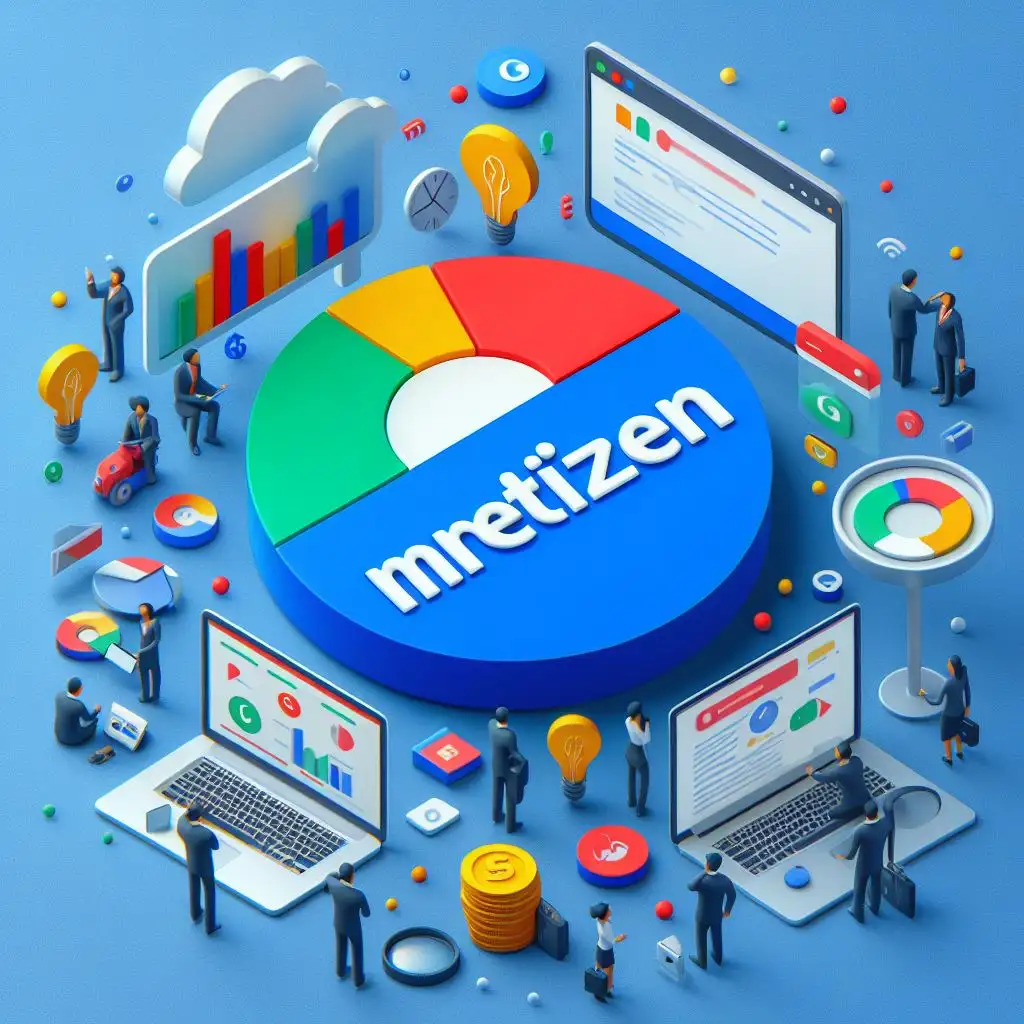Learn the differences between refinance and top up loans and which one of them you should choose when faced with a financial need.
Navigating Loan Options: Refinancing vs. Top-Up Loans and Beyond
In today’s fast-evolving financial landscape, choosing the right borrowing option can be both empowering and overwhelming. With a multitude of financial tools available, two commonly considered solutions for borrowers seeking flexibility or financial relief are refinancing and top-up loans. Each comes with its own set of benefits, limitations, and suitability depending on your individual goals and financial circumstances.
This guide offers a deep dive into both refinancing and top-up loans, helping you weigh your options. We’ll also explore alternative borrowing solutions, so you can craft a strategy that aligns with your long-term financial vision
Understanding Refinancing
Refinancing is the process of replacing your current loan with a new one—typically with improved terms. It’s often used to reduce monthly payments, secure a lower interest rate, or modify the duration of the loan. Let’s break it down:
Key Benefits of Refinancing
-
-
Lower Interest Rates
One of the most attractive features of refinancing is the opportunity to lock in a lower interest rate. This can lead to considerable savings over the life of the loan and can help free up cash for savings or investment. -
Extended Loan Terms
By extending the loan term, refinancing can lower your monthly repayments. This can be especially helpful if you're experiencing short-term financial constraints and need more breathing room in your budget. -
Debt Consolidation
Refinancing can allow you to consolidate multiple debts into one manageable loan. This simplifies your financial obligations and may reduce your overall interest rate, making it easier to keep track of payments.
-
Potential Drawbacks of Refinancing
-
-
Upfront Costs
Refinancing isn’t free. You may encounter various fees, including application, appraisal, and origination fees. It’s important to assess whether the potential savings from a lower interest rate outweigh these costs. -
Impact on Credit Score
Applying for a new loan will trigger a credit inquiry, which may temporarily lower your credit score. Additionally, closing your old loan and opening a new one can influence your credit history. -
Eligibility Hurdles
Refinancing typically comes with stricter eligibility requirements than top-up loans. Lenders often look for a strong credit score, stable income, and sufficient equity in your collateral (such as your home or vehicle) before offering the best terms.
-
Exploring Top-Up Loans
A top-up loan is an additional loan amount granted on your existing loan by the same lender. Rather than replacing your original loan, it builds on it, allowing you to access extra funds without starting over from scratch.
Benefits of Top-Up Loans
-
-
Convenience and Speed
Since you're borrowing from your existing lender, the approval process for a top-up loan is usually faster and more straightforward than applying for a completely new loan. -
Lower Interest than Unsecured Loans
Because your top-up loan is tied to an existing secured loan, it may come with a lower interest rate than a standard personal loan. -
Flexible Usage
Top-up loans can be used for a variety of needs, such as home improvements, education expenses, medical emergencies, or debt consolidation.
-
Drawbacks of Top-Up Loans
-
-
Higher Interest than Refinancing
While cheaper than unsecured loans, top-up loans usually have higher interest rates than a full refinance—especially if the original loan was secured at more favorable terms. -
Increased Loan Burden
Adding to your existing loan increases your total debt and extends your repayment term. Over time, this can mean paying more in interest and carrying more financial liability. -
Overborrowing Risk
Because of their accessibility, top-up loans can tempt borrowers to take on more debt than necessary, which can lead to financial strain in the long run.
-
Refinance or Top-Up Loan: How to Decide
Choosing between refinancing and a top-up loan depends largely on your financial goals. Use the following framework to guide your decision-making process:
-
Interest Rates:
If you’re eligible for a significantly lower rate through refinancing, the long-term savings might outweigh the costs. Always run the numbers using a refinancing calculator. -
Monthly Budget:
If reducing your monthly financial obligations is your goal, refinancing with a longer repayment term can help. Just keep in mind the potential for increased total interest paid over the life of the loan. -
Need for Additional Funds:
If your primary goal is to access additional cash rather than lower your interest rate, a top-up loan may be more appropriate—especially if the extra funds are for a short-term need. -
Credit Profile:
If your credit score has improved since you first took out your loan, refinancing might unlock better terms. Conversely, if your credit score has declined, a top-up loan could be the more accessible option.
Additional Factors to Keep in Mind
-
Exit Fees:
Some lenders charge fees for ending your current loan early. Always check the fine print to understand these penalties before moving forward with refinancing. -
Prepayment Penalties:
If your existing loan has prepayment penalties, they can offset the savings from refinancing. Ensure these are minimal or nonexistent. -
Tax Considerations:
Certain loan types may have tax implications. Speak with a tax advisor to determine how a refinance or top-up loan might affect your tax liability or deductions.
Alternatives to Refinancing and Top-Up Loans
While refinancing and top-up loans are commonly used tools, they’re not the only options. Depending on your unique needs, there may be more suitable alternatives available:
1. Debt Consolidation Loan: Simplify and Save
If you’re juggling multiple debts—such as credit cards, personal loans, or car payments—a debt consolidation loan can streamline your financial life. By rolling several high-interest debts into one loan with a potentially lower interest rate, you can reduce your monthly burden and gain clarity.
Benefits:
-
-
Significantly lower interest payments over time
-
One single monthly payment instead of many
-
Easier budgeting and less chance of missing due dates
-
Considerations:
-
-
Origination fees can add to your loan cost
-
You’ll likely need a good credit score and steady income
-
2. Home Equity Line of Credit (HELOC): Tap into Your Property’s Value
A HELOC allows you to borrow against the equity in your home. Think of it as a revolving credit line—similar to a credit card—but with your home as collateral.
Advantages:
-
-
You only pay interest on the amount borrowed
-
Can be ideal for long-term or recurring expenses (like renovations)
-
Typically lower interest rates than unsecured loans
-
Risks:
-
-
Variable interest rates could increase over time
-
If you default, your home is at risk
-
3. Peer-to-Peer (P2P) Lending: A New Lending Frontier
P2P platforms connect individual borrowers with private investors. They bypass traditional banking structures and may offer competitive rates.
Upsides:
-
-
Lower interest rates for borrowers with strong credit
-
Transparent comparison of loan terms and lender profiles
-
Challenges:
-
-
Lower regulation than banks means more risk
-
Borrowing limits may not meet high funding needs
-
4. Credit Card Balance Transfer: Short-Term Relief
If your concern is high-interest credit card debt, a balance transfer card with 0% introductory APR can offer temporary relief.
Benefits:
-
-
Pay down debt without accumulating interest for a set time (usually 12–18 months)
-
Great for eliminating balances quickly if used wisely
-
Cautions:
-
-
Balance transfer fees (usually 3–5% of the amount transferred)
-
High APR once the introductory period ends
-
Conclusion: Crafting a Smarter Financial Future
The journey to financial health is personal and multifaceted. Whether you’re considering refinancing, a top-up loan, or exploring alternative financing solutions, the best decision is one that aligns with your long-term goals, income stability, and overall debt management strategy.
Take time to assess:
-
Your current financial standing
-
The true cost of each option (including fees, interest, and tax impact)
-
Your discipline with managing additional funds or extended credit
And most importantly—seek expert advice when needed. A financial advisor can help you weigh the pros and cons in the context of your life goals and help you build a roadmap that’s both practical and empowering.
With careful planning, strategic decision-making, and a clear vision for your future, you can take charge of your financial journey and unlock long-term prosperity.


























